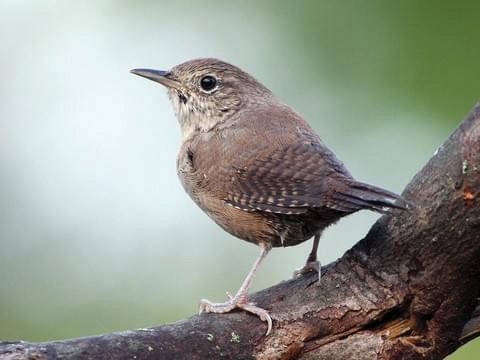The ecology of the Sunshine Coast has been evolving since the late 19th century when the first white colonists settled here and began clearing the low elevation forest. Since then, along the coast littoral, there has been a steady transition from a closed canopy temperate rainforest to the complex land use pattern of today with urban areas, suburban subdivisions, parks, hobby farms, golf courses, playing fields, airports, etc. The vegetation has changed from continuous fir, cedar and hemlock to a much more deciduous cover along with the gardens and the hundreds of exotic species that we have planted. A number of invasive species have also arrived, some with negative consequences for the native vegetation (think Scotch broom).
Everything in nature is interdependent and every change works its way through the system with winners and losers. The birdlife of the Sunshine Coast is very dynamic, reflecting the ecological changes; certain species that abhor continuous forest have done very well, as have others that prefer deciduous to coniferous forest. Other species do well in urban environments (house sparrow), and others do well in suburban settings, making use of our gardens, birdfeeders, hedges, golf course ponds, etc.
Species that have done well from recent habitat changes include Anna’s hummingbird, black-capped chickadee, Eurasian collared dove, turkey vulture, barred owl, starling, gulls and Canada geese.
Another species, the house wren, has recently undergone a spectacular range expansion on the Sunshine Coast. This bird had never been recorded here until 1993 when a pair nested in a nestbox in Wilson Creek. From 1999 to 2002 another pair nested each year on Truman Road in Halfmoon Bay but there were only rare, sporadic reports from our entire area until 2015, and 2016 was the watershed year with reports from all over the Sunshine Coast. Since then the species has continued to increase both in suburban areas and particularly in brushy, regenerating clearcuts where it is now common.
In late April a house wren located to our garden on Redrooffs Road and has been singing continuously ever since. I put out a birdhouse and the wren was all over it in no time. He is still singing from morning to night but to date I have not noticed a female bird. More on this later. To report a sighting or ask a question contact tony@whiskeyjacknaturetours.com or 604-885-5539. Good birding.



